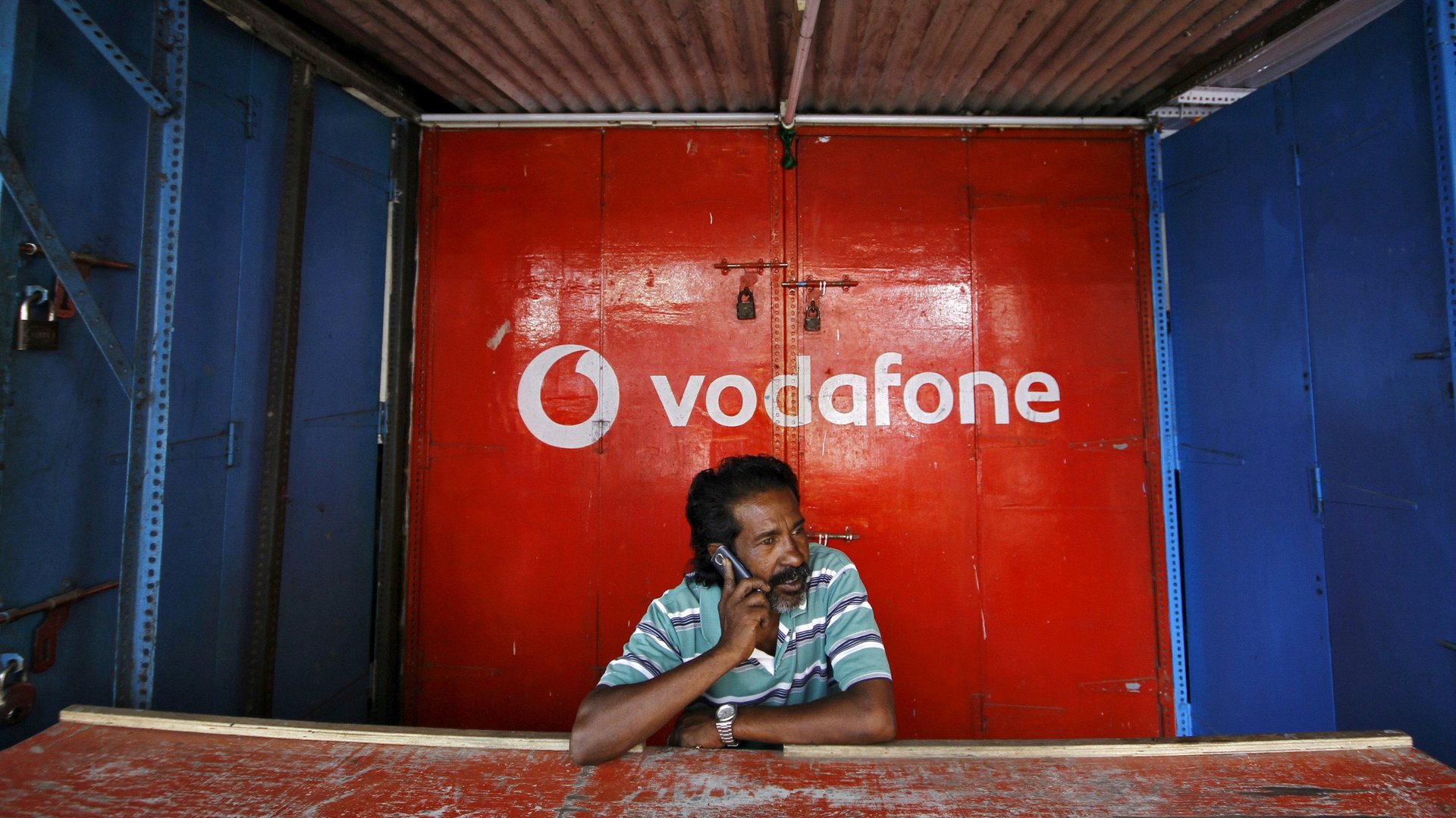The wireless technology that will power the future just hit a milestone
The race to commercialize 5G, the latest iteration of wireless network technology, is speeding up, and rival telecom companies are both claiming “firsts” for a milestone in its deployment.


The race to commercialize 5G, the latest iteration of wireless network technology, is speeding up, and rival telecom companies are both claiming “firsts” for a milestone in its deployment.
British carrier Vodafone and Chinese network equipment provider Huawei jointly announced (link in Spanish) Tuesday (Feb. 20) that they successfully conducted a phone call using the latest standards for 5G set in December by the 3rd Generation Partnership Project (3GPP), an organization that sets cellular standards for major telecommunications industry players worldwide.
According to El País (link in Spanish), a Vodafone executive made the call from a computer in Barcelona to Spain’s secretary of state for information society and digital agenda in Madrid. Huawei and Vodafone are calling it the “world’s first call” using the new standards. The Spanish paper said the call differed from earlier test calls in Europe and South Korea since it worked with existing 4G technology—which the first phase of the new standards envisions 5G piggybacking on.
Meanwhile, on Feb. 12, Verizon announced that it was the first to make an “over-the-air” call on a system compliant with the new 5G standard, using a Nokia network and a Qualcomm-powered device.
The carriers and network providers didn’t immediately respond to questions. Both are likely gunning for attention at the Mobile World Congress, a major tech industry event set to open in Barcelona on Feb. 26.
The milestone itself—a phone call—isn’t indicative of the sorts of hopes the tech world is pinning on 5G. The better networks have become, in fact, the less they’re used for making old-school voice calls. The hypiest hype says 5G networks will change society as much as electricity did thanks to their speed, making transformative technologies like self-driving cars easier to achieve. But a simple phone call is still a way for telecom companies to signal their expertise in this space.
Many telcos are working diligently to commercialize and deploy 5G—AT&T, for example, intends to launch 5G networks in a dozen markets by the end of this year, but says the first 5G devices aren’t likely to be phones. Most expect the technology to reach consumer smartphones en masse around 2020, roughly 10 years after LTE began rolling out in the United States.
The improved speed and connectivity are supposed to make virtual reality, well, a reality, as well bring to life internet-of-things devices, smart cities, and other technologies that have long been gestating but not really reached the average consumer.
Along the way, the deployment of 5G networks—and the issue of whose equipment will power them—has become politically fraught. A leaked memo that surfaced in January revealed that a member of the Trump administration’s National Security council suggested building a nationalized 5G network, which the official argued would stave off Chinese competition and spying. The chairman of the FCC called the plan “costly and counterproductive.“